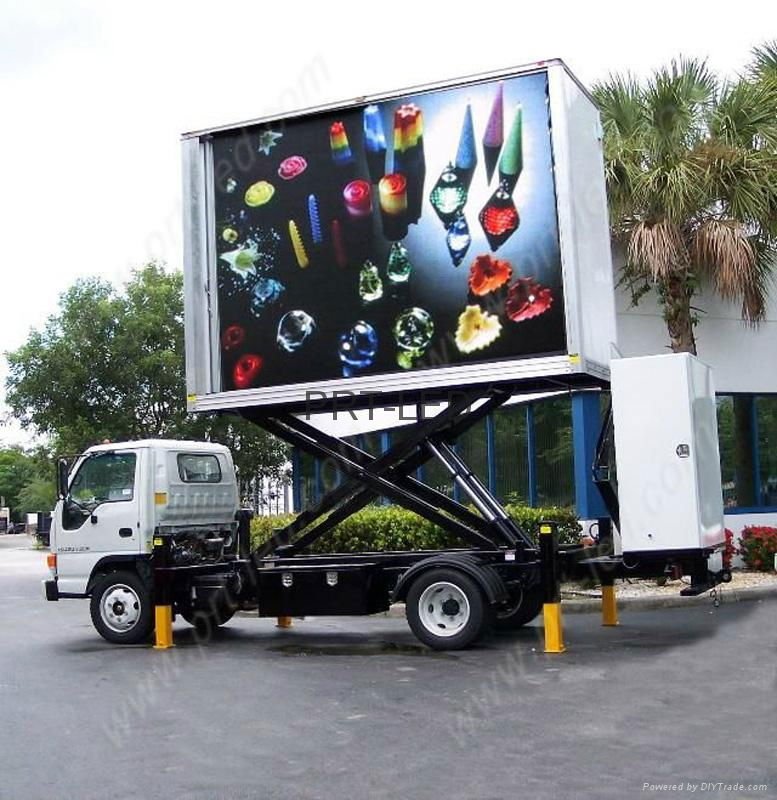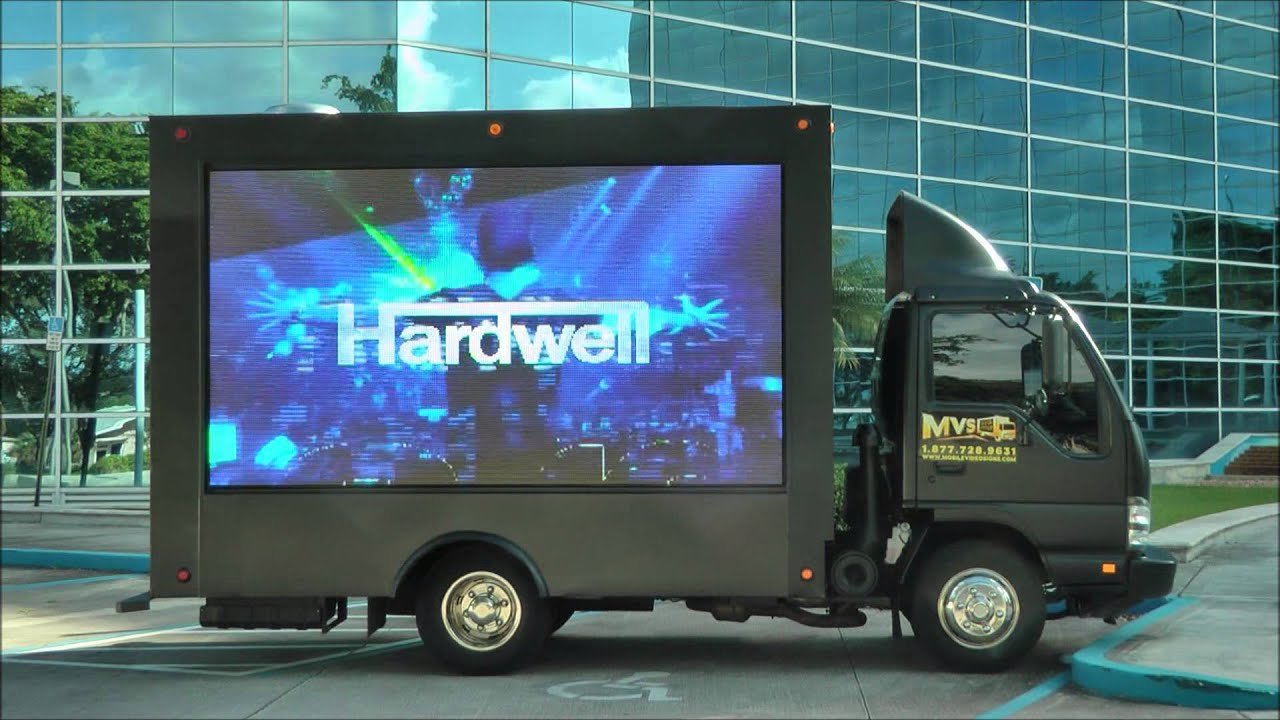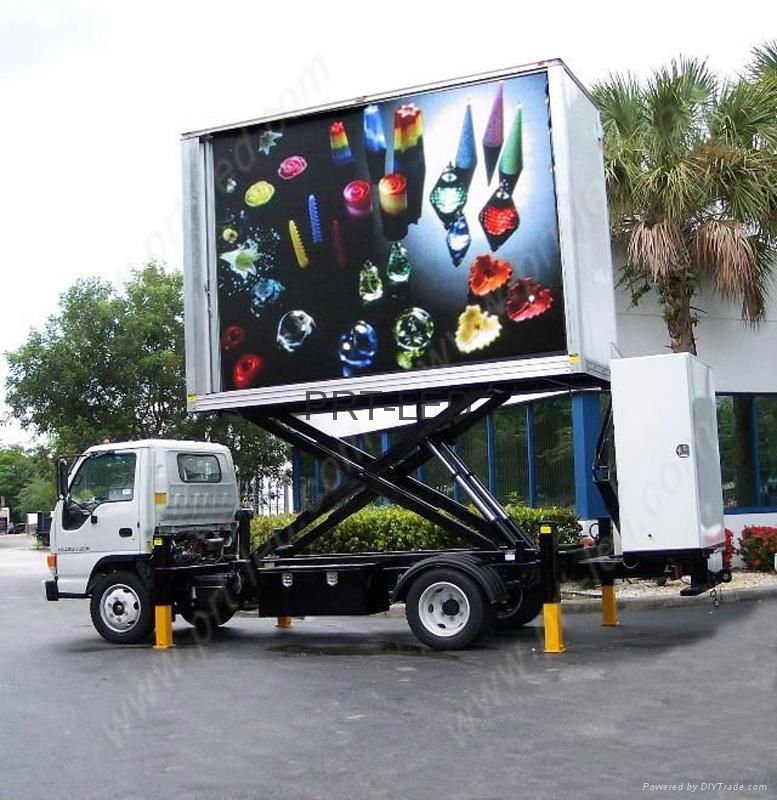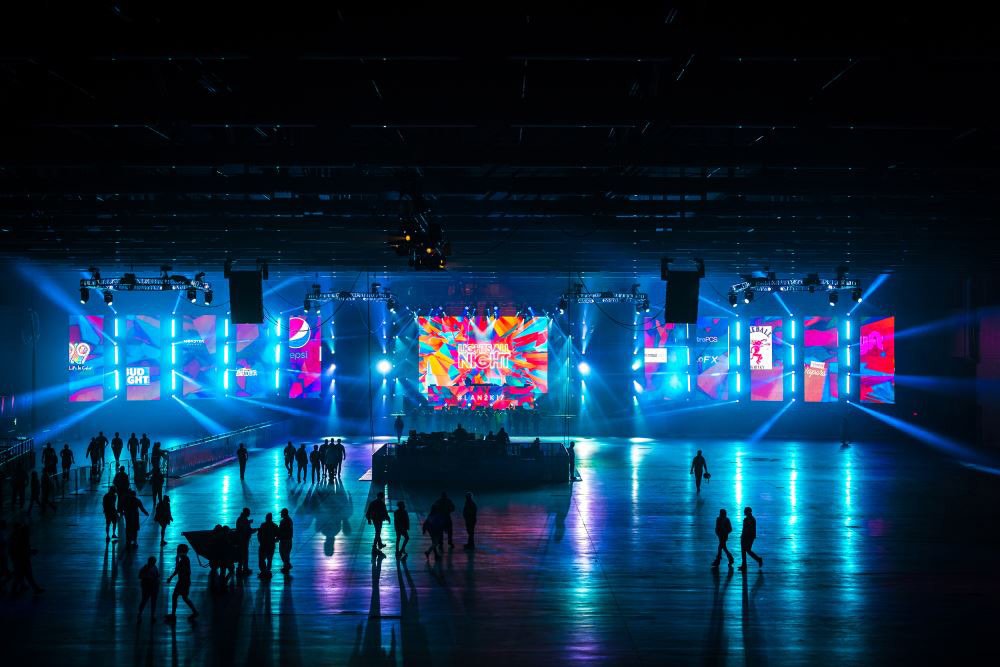Can the Indoor LED Display be used outdoors? This is a common question many people ask as LED displays gain popularity for their vibrant and sharp visuals. While LED technology is versatile, indoor displays are not designed to handle outdoor conditions. Several factors, such as brightness, weather resistance, and durability, make indoor LED displays unsuitable for outdoor environments. Let’s explore these factors in more detail.
Brightness Levels
One key difference between indoor and outdoor LED displays is brightness. Indoor LED displays are designed for use in controlled environments with stable lighting conditions. The brightness of an Indoor LED Display is typically lower because it doesn’t need to compete with intense natural light.
On the other hand, outdoor environments expose the display to direct sunlight, which requires much higher brightness levels to maintain clear visibility. Outdoor LED displays are built with significantly higher brightness to ensure that content remains clear, even under the sun. Using an indoor display outdoors would make the screen difficult to see due to its lower brightness levels, especially during the daytime.
Weather Resistance
One of the biggest challenges of outdoor environments is exposure to weather conditions such as rain, wind, and extreme temperatures. Outdoor LED displays are designed to be weather-resistant and are equipped with protective features to ensure they can withstand these elements. They often come with waterproof casing and are built to endure temperature fluctuations, humidity, and even dust.
In contrast, an Indoor LED Display is not built to handle these conditions. Exposing an indoor display to rain or extreme weather can cause significant damage to the screen, leading to malfunctions or complete failure. Indoor displays lack the protective enclosures and materials necessary to survive harsh outdoor conditions.

Durability
Outdoor LED displays are designed to be more rugged and durable because they are constantly exposed to outdoor environments where physical impacts, such as debris or even vandalism, can occur. These displays are built with stronger materials and protective casings to ensure they remain functional in challenging situations.
On the other hand, an indoor LED display is built to provide a much more controlled environment. They are usually lighter and less sturdy, as they are not expected to face the same level of wear and tear. Placing an indoor display in an outdoor setting would significantly reduce its lifespan due to exposure to elements and potential damage.
Viewing Distance and Pixel Pitch
Pixel pitch is another factor that differentiates indoor and outdoor LED displays. Indoor LED Displays generally have a smaller pixel pitch, which means the individual LEDs are placed closer together. This allows for higher resolution and sharper images when viewed up close, which is perfect for indoor settings where people are generally much closer to the screen.
Outdoor LED displays, however, need to be visible from greater distances, so they typically have a larger pixel pitch. This means the LEDs are spaced further apart, sacrificing some resolution up close but ensuring clear visibility from far away. Using an indoor LED display outdoors, especially for long-distance viewing, would result in poor visibility, making it less effective for outdoor advertising or public information displays.

Energy Efficiency
Indoor and outdoor LED displays differ in their energy requirements. Indoor LED Displays consume less power since they don’t need to be as bright or weather-resistant. Due to their higher brightness and additional weather protection, outdoor displays consume more energy. Running an indoor display outdoors would not only produce a dim and ineffective image, but it might also overheat due to the increased power demands of maintaining visibility in bright sunlight.
Heat Dissipation
Outdoor LED displays are designed to deal with higher temperatures, as they are often exposed to direct sunlight for extended periods. These displays have advanced heat dissipation systems to prevent overheating. On the contrary, an Indoor LED Display does not have such cooling systems because indoor environments are typically temperature-controlled.
If an indoor LED display were placed outdoors, it could quickly overheat, affecting its performance and reducing its lifespan. Prolonged exposure to high heat can lead to burnout of the LEDs and other internal components, leading to costly repairs or replacements.
Glare and Reflection Issues
In an outdoor environment, glare from sunlight or streetlights can significantly reduce the visibility of an LED display. Outdoor LED displays are built with anti-glare technology to minimize reflection and ensure the content is visible from different angles without distortion.
However, Indoor LED Displays are not equipped with anti-glare technology since they are not exposed to strong light sources. Placing an indoor display outdoors would result in glare and reflection issues, making the screen difficult to view, especially from certain angles or during daylight hours.
In short, while Indoor LED Displays are highly effective in indoor environments, they are unsuitable for outdoor use due to factors such as lower brightness, lack of weather resistance, reduced durability, and smaller pixel pitch. Outdoor LED displays are designed to handle the challenges the outdoor environment presents, including extreme weather, brightness, and viewing distance.
If you’re considering using an LED display outdoors, choosing the right type for the environment is essential. Indoor and outdoor LED displays serve different purposes, and using the wrong type of display in the wrong setting can lead to poor performance and costly damage.




